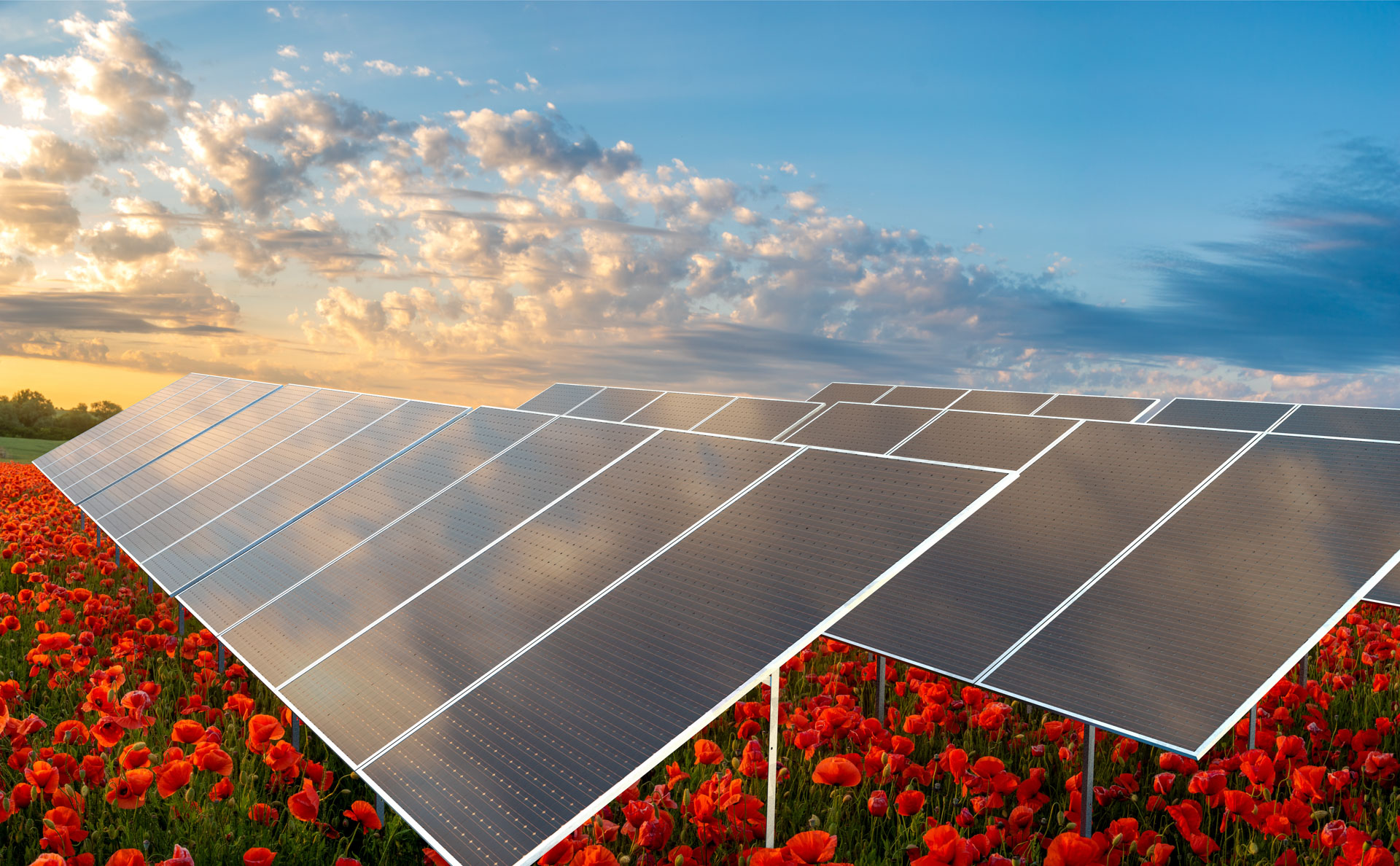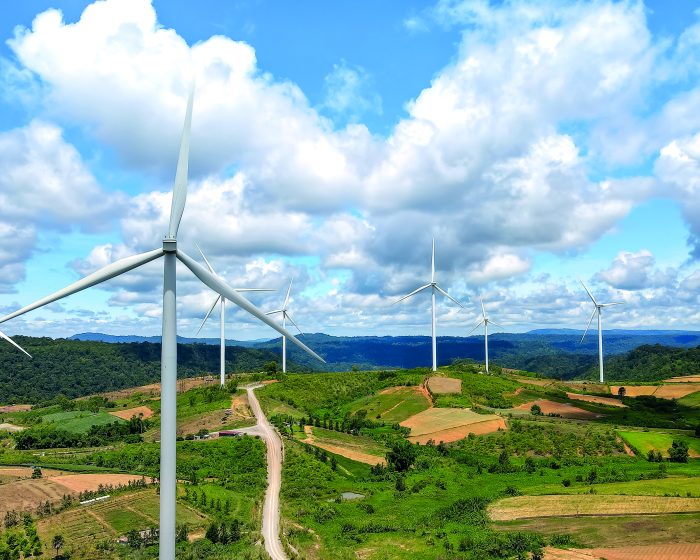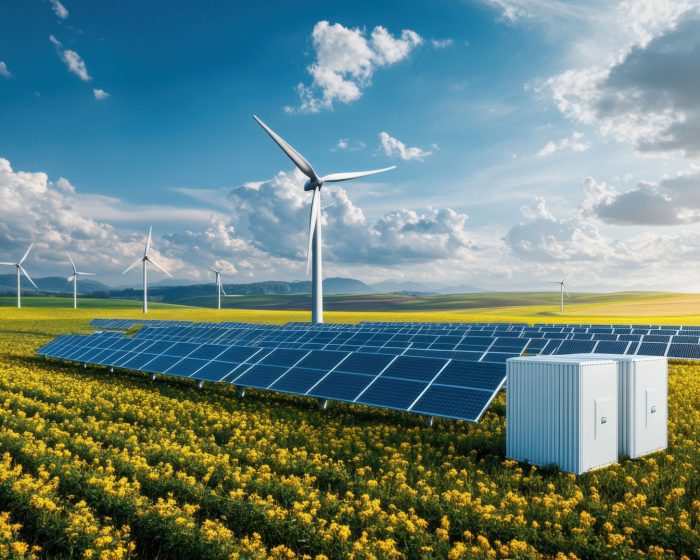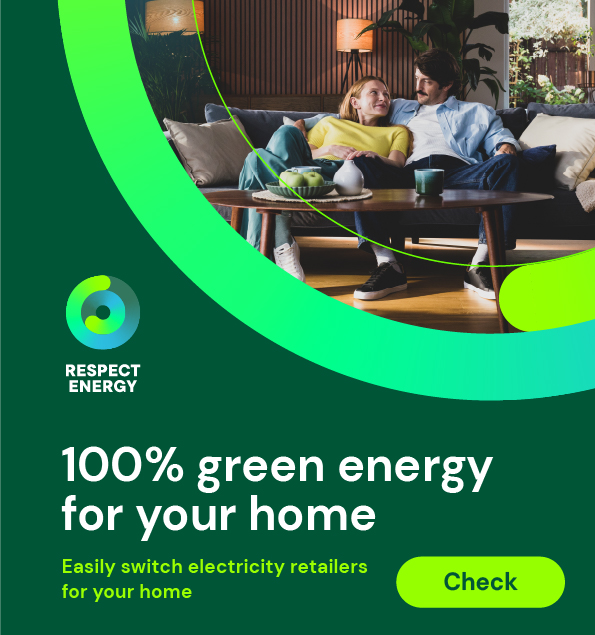The sun as a source of energy: how does solar energy work?
In one hour, the Earth receives more energy from the sun than all of humanity uses in a year, so it would be a sin not to harness this powerful force. In this article, we will tell you how solar energy is used and how it will shape our future.
Solar energy technologies
Photovoltaic panels
“Photovoltaics” is a term that is quite popular in Poland because of the government subsidy programmes, but the sellers of PV panels do not always explain to their customers how the panels actually work. In a nutshell, photovoltaic panels make use of the property of certain materials which generate heat when they come into contact with sunlight, which can be converted into electricity.
You probably associate photovoltaic panels with large installations on the roofs of houses, but older readers will no doubt remember the old calculators that contained a small photovoltaic strip that powered the device even when the battery was discharged.
Therefore, these panels can be used not only in power generation for homes, but also in power banks, charging stations or campers.
Solar collectors
Solar collectors work on a similar principle to photovoltaic panels, but instead of generating electricity, they generate heat which is used to heat water, which can then be used to heat the house or simply as hot water.

Types of solar installations
Individual installations
The most intuitive use of solar energy is individual installations, which can be found, for example, on the roofs of houses. These are usually designed to serve one household or one company. The energy generated, which is not consumed directly, is stored in energy storage facilities and used as and when required.
Photovoltaic farms
Larger-scale solar energy production depends on photovoltaic farms, also known as community power stations, or solar farms, which are simply plots of land covered with photovoltaic panels. The largest farms of this kind in the world could power the whole of Luxembourg or Papua New Guinea for a year.
However, the power generated in this way comes with challenges, as the generation of electricity is not evenly distributed and the excess energy must be stored somehow. This is why solar power plants are often combined with hydroelectric power plants, where the water reservoirs become de facto ‘living batteries’, pumping water in and out as needed.
Energy cooperatives
The cooperative model is a modern concept that combines the flexibility of individual photovoltaic installations with the potential of solar farms. Cooperatives allow the population of a rural or urban-rural area to form an organisation the goal of which is to provide energy for all its participants, i.e. the cooperators. As energy cooperatives operate within the traditional electricity grid, they do not have to build their own infrastructure. Moreover, the unused energy of the cooperatives is not wasted. It is returned to the grid and, in return, cooperatives receive a discount on electricity from other sources at times when they are not producing enough energy to meet their needs.
Advantages of solar energy
The most important advantage of social energy is its friendliness to the natural environment. As it does not rely on fossil fuels, it does not contribute to carbon emissions. The versatility of the panels means that it can be used for more applications than generating thermal energy only, so that the homes become virtually self-sufficient.
In the past, high costs have been a barrier for both individual consumers and industrial power generation using photovoltaics. Fortunately, with the advancement of the technology, the price of manufacturing PV panels is coming down and thus more and more people can afford them.
The challenges of solar energy
Unfortunately, there is no perfect energy source and solar energy also has its issues and challenges. Solar energy requires… sunlight, which can be a problem in places where access to the sun is limited by, for example, long nights or frequent cloudy weather. Weather issues also mean that energy has to be stored when an excess is produced, however, the aforementioned solutions such as connection to a hydroelectric plant or energy cooperatives are not always easy to implement.
Although solar energy has a much lower environmental cost than coal energy, the production of photovoltaic panels is not fully energy-neutral and requires a significant financial investment. Fortunately, if the panels operate over their lifetime without major failures, the environmental benefits far outweigh the associated environmental harm.
The future of solar energy
Solar technologies are constantly evolving. For example, the use of materials such as perovskites is currently being investigated, which will allow the creation of almost transparent solar cells that can be integrated into residential buildings, for example as part of balcony railings. This fits into the development of the BIPV (Building Integrated Photovoltaics) concept.
Innovation is also happening on a higher level. Many cities are testing the concept of photovoltaic bike paths. In this case, a canopy is built over the paths that not only protects cyclists from precipitation, but also produces electricity. The Swiss Solar Horizon path, an example of this concept, produces 200 megawatt hours of energy which is enough to power 65 Swiss homes throughout the year.
Solar energy has a huge potential and is already helping millions of people by providing cheap and clean electricity to their homes. Its development will be of key importance on our way to climate neutrality and sustainability. So it is fair to say that there is … a bright future ahead.
Read also

A future in harmony with nature. How RES impact people and the environment.
The development of civilisation is inextricably linked to the improvement of skills in harnessing energy. Since the dawn of time, people have been learning how to harness the power of the sun, wind and water. Thousands of years before our era, the Egyptians were building sailing ships and the first known wind mills were grinding […]

Not only energy – RES as security and economic stability measures
Security is the number one topic these days, and energy security is of paramount importance in this context. If we want our country to thrive, we must have uninterrupted access to electricity, as anyone who has experienced an extended power outage would agree. The issue of energy security has been a challenge in the past. […]




